There is no consensus among ichthyologists (= fish experts) as to the correct generic name for the whiptail catfish of the narrower Rineloricaria relationship. Some group all species together as Rineloricaria, others divide these fish into Rineloricaria and Hemiloricaria. Rineloricaria in the broadest sense is very species-rich, currently 64 species are recognized and there are many more that have not yet been scientifically recorded. DNA studies have shown that Rineloricaria in the broadest sense is polyphyletic, meaning that it will have to be divided into several genera in the long term. However, as there is still a long way to go, we are calling everything Rineloricaria for the time being.
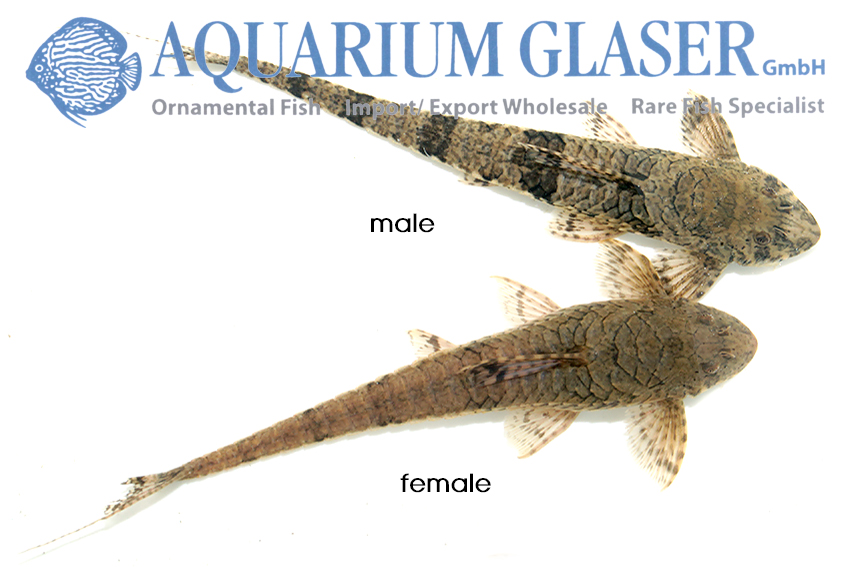
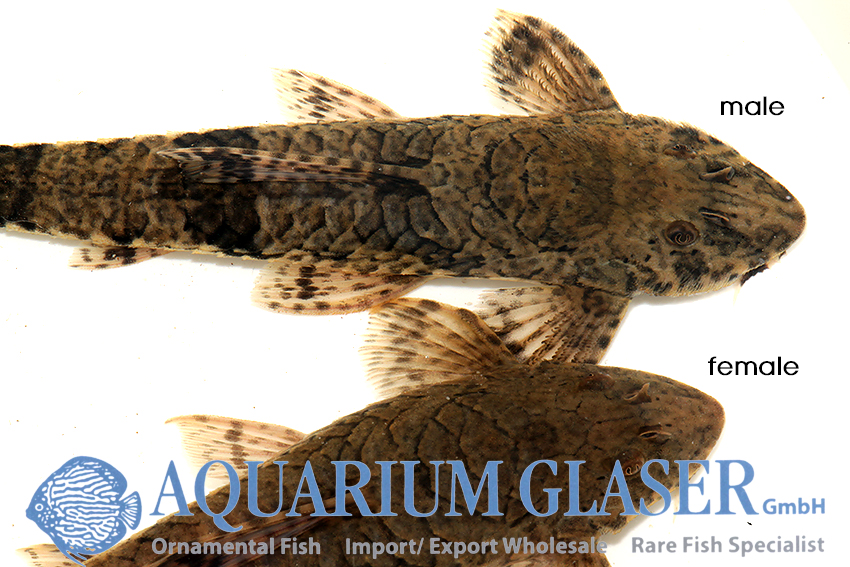
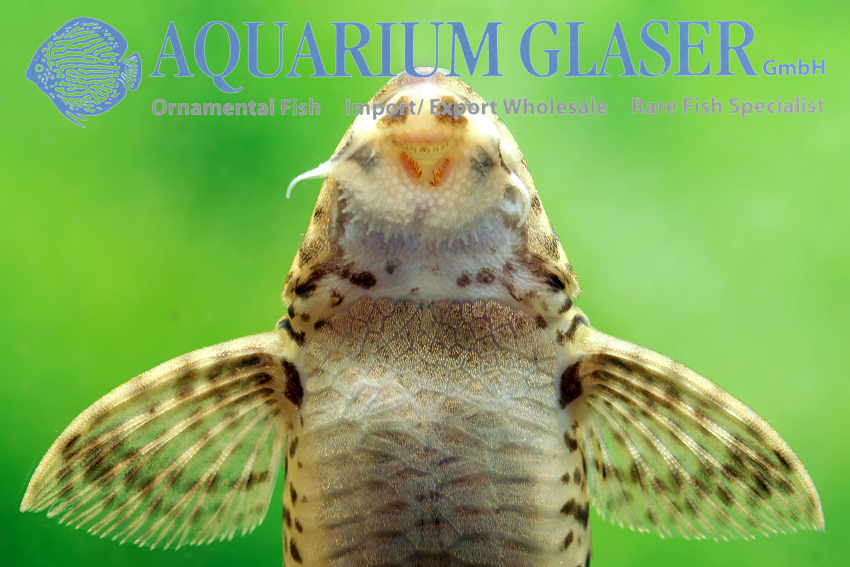
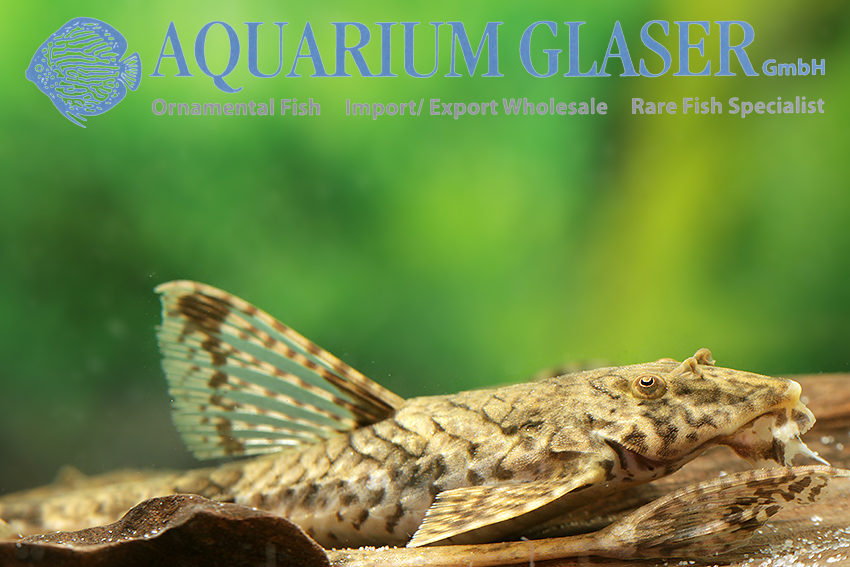
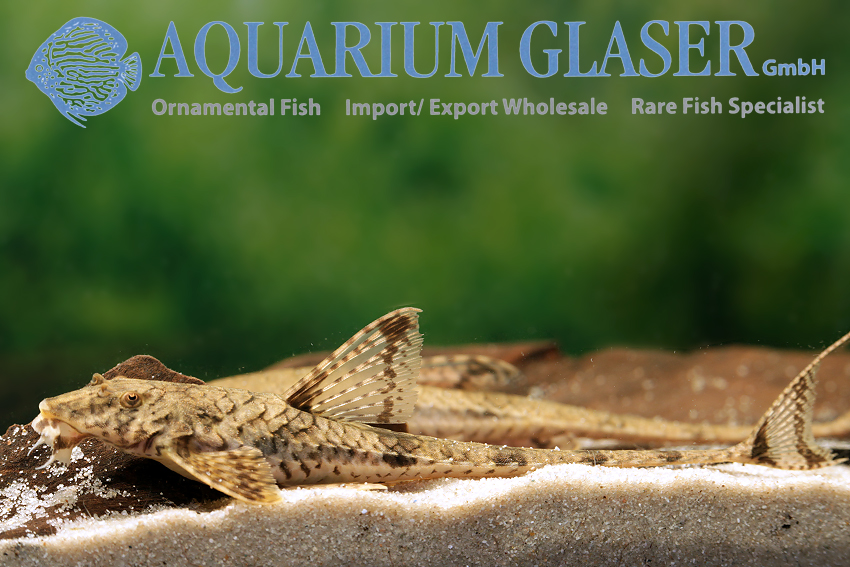
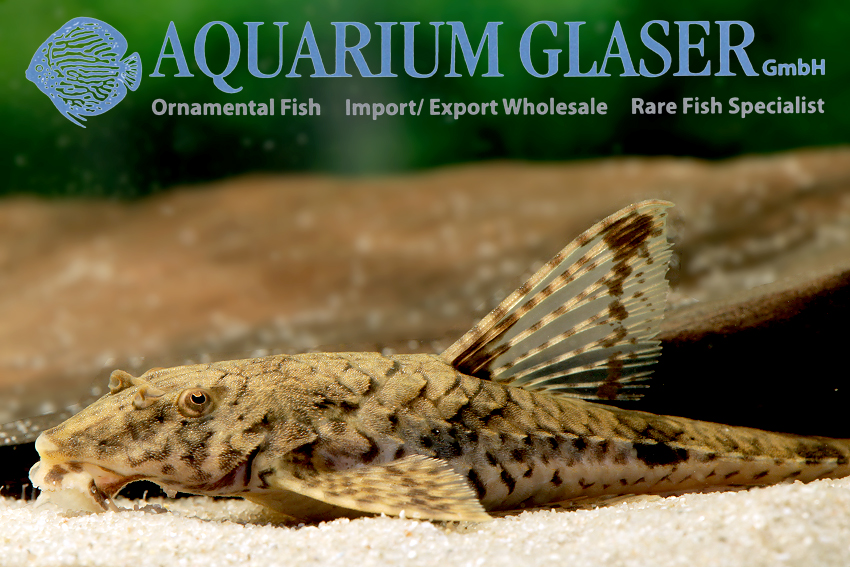
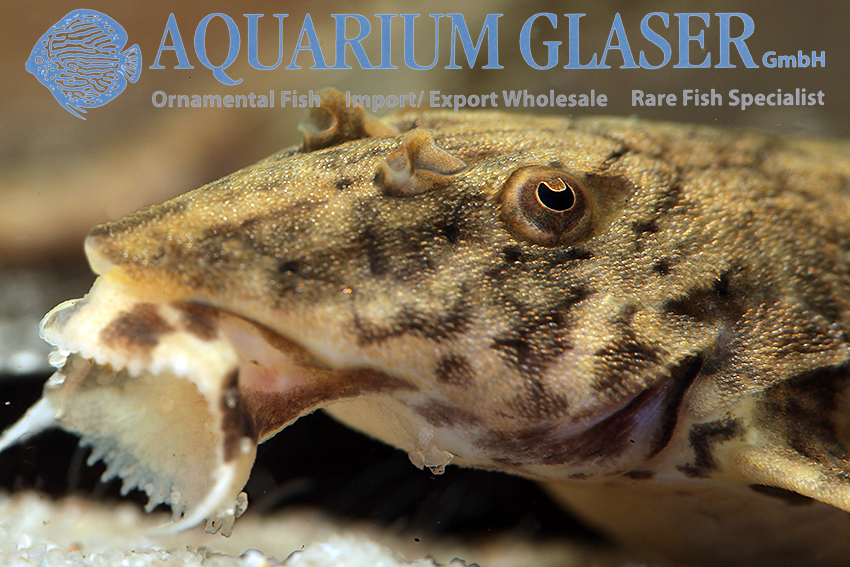
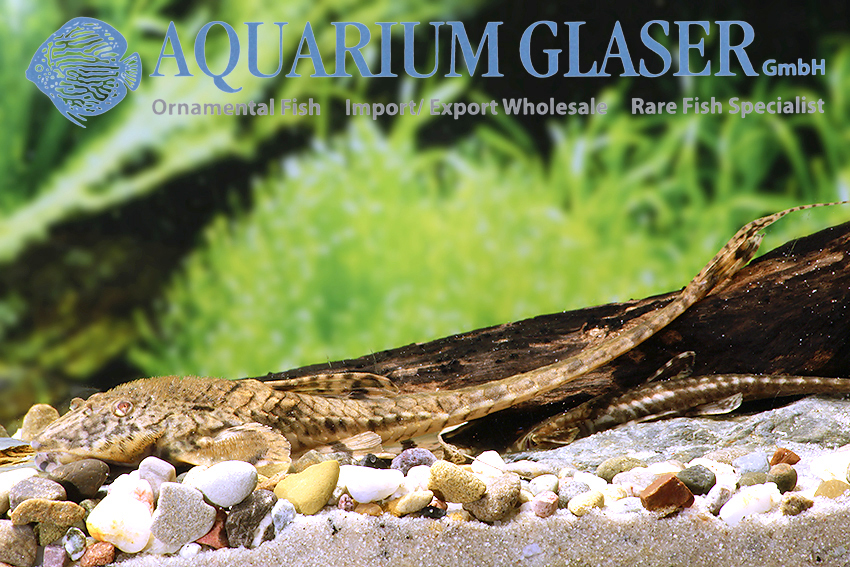
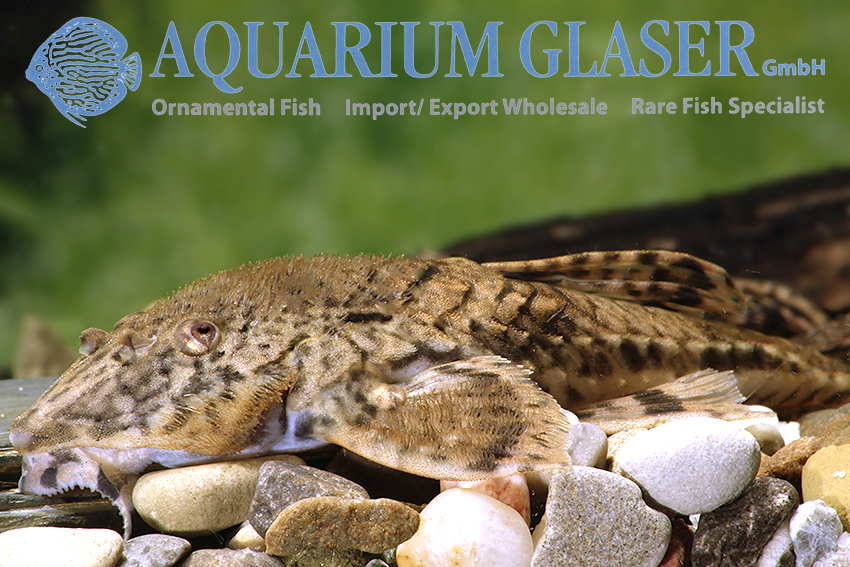
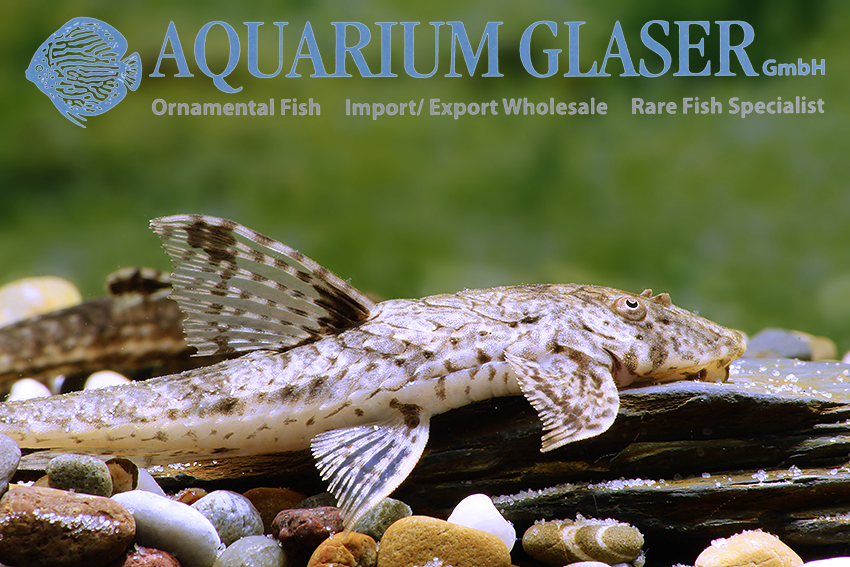
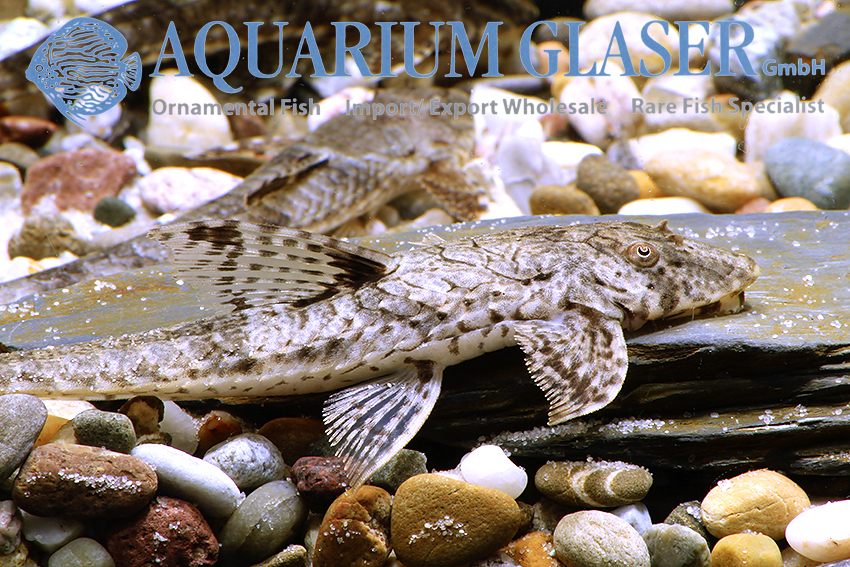
We often receive shipments of beautiful Rineloricaria from Colombia, consisting of two to three species. The only certainty is that they come from the Orinoco catchment. We were told that they were found in the Rio Chacu, but we have not yet been able to locate that river. The current checklist of Colombian freshwater fishes (DoNascimiento et al., 2017) only lists two species for the Orinoco, R. eigenmanni and R. formosa. The occurrence of R. lanceolata (or a possibly still undescribed species that looks very similar to R. lanceolata) is also relatively well documented. In addition, we occasionally receive a fourth species from the Orinoco of Colombia, which has so far successfully resisted all attempts at identification.
Sometimes they come mixed, sometimes well sorted, such as Rineloricaria eigenmanni at the moment. The species is easily recognized by the broad dark stripe in the dorsal fin, which can sometimes be reduced to a deep black spot at the front base of the fin and another in the upper quarter of the fin. The three other Colombian species from the Orinoco have a clearly different dorsal fin pattern: R. formosa has only a black dot at the tip of the dorsal fin, in R. lanceolata the front vertical half of the dorsal fin is heavily pigmented and in R. sp. the dorsal fin pattern consists only of an irregular, fine dot pattern.
Males of R. eigenmanni in full mating season develop a dense bristling not only as a cheek beard, but also on the back and on the upper side of the pectoral fins. Apart from this, the sexes can best be distinguished from above. In females, the line between the pectoral and pelvic fins is always slightly convex, in males straight to very slightly concave.
For care and breeding of these beautiful fish, see https://www.aquariumglaser.de/en/10-catfishes/10b-catfishes-suckermouths-plecos-and-l-numbers/hemiloricaria_eigenmanni_en/
For our customers: Rineloricaria eigenmanni has code 287754 on our stocklist. Please note that we only supply the wholesale trade.
Text & photos: Frank Schäfer




